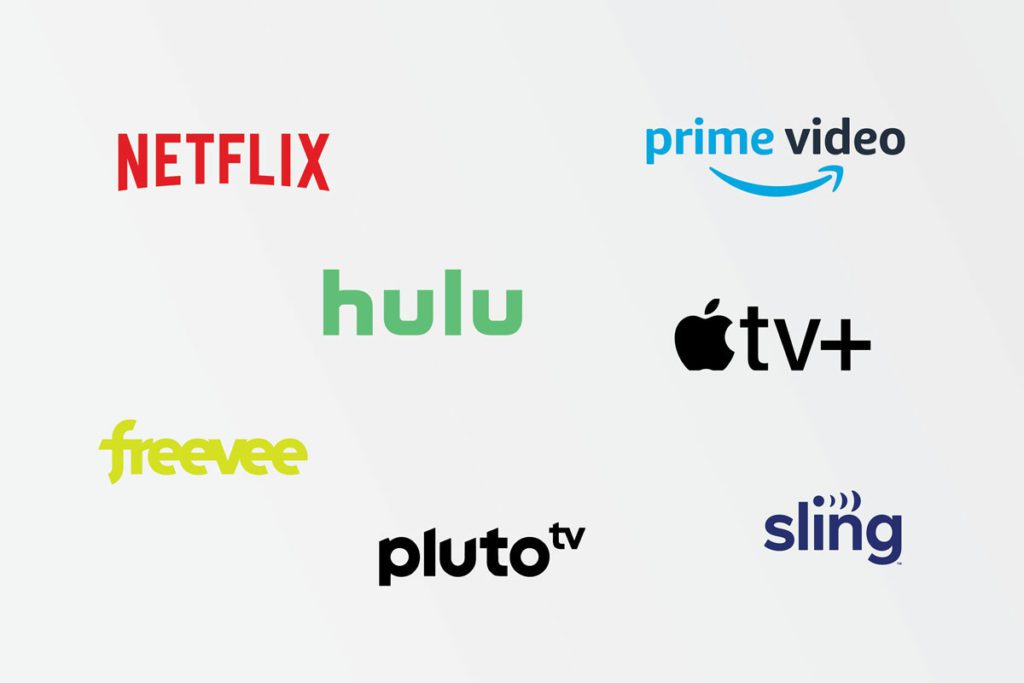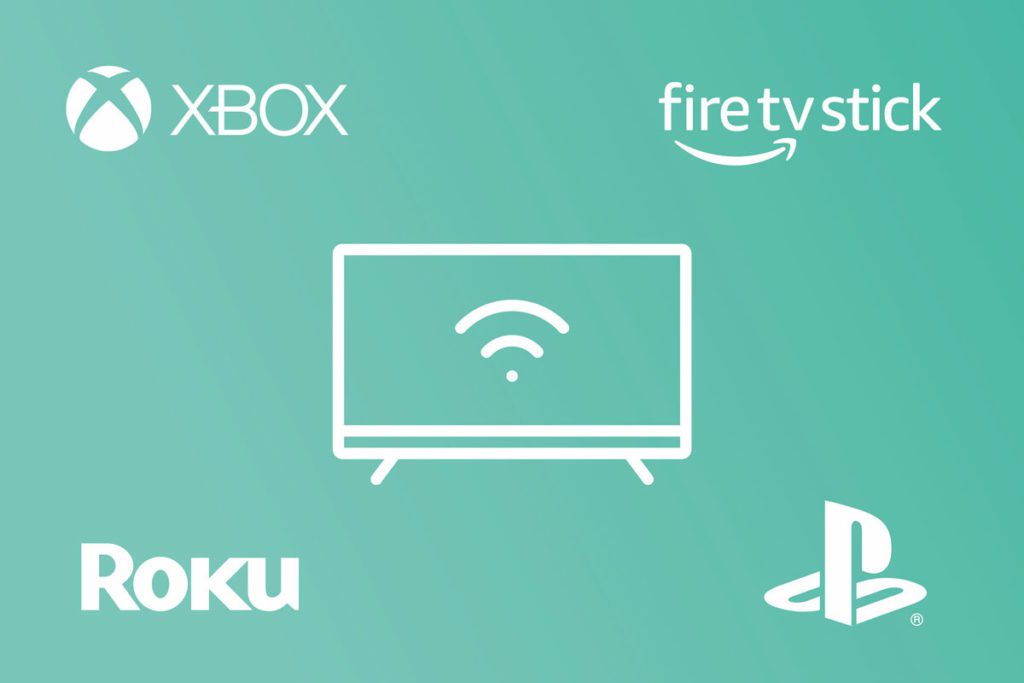Creating authentic communications through channels that matter
CTV and OTT advertising are changing the game for small- and mid-sized businesses that have never before had the means to promote their business through television. We’re increasingly seeing video as the top-performing source of content amongst audiences. And, as we already know, the digital landscape is an everchanging and evolving beast. With so many outlets for consumption today, it might be time to start rethinking your marketing mix.
These new TV ad opportunities can help you reach new audiences—and for a fraction of what television traditionally costs. Understand the differences between each of these types of video advertising and consider how you can incorporate this tactic into your own marketing strategies.
Video Advertising in Action
Long-time client Union Bank is the premier bank for small and mid-sized businesses in Central and West Michigan that make, build and grow for a living. With a recent expansion into the Grand Rapids and Kalamazoo markets, they came to us to find a successful way to introduce their “Make. Build. Grow.” ethos to the business owners of those areas.
When entering into a new market, awareness is key and we used CTV and OTT to skyrocket Union Bank’s visibility. This tactic allowed budget flexibility, highly valuable placements in popular programming and a focused message delivery that highlighted the campaign messaging of longevity and trust.
Types of Video Advertising
1. Over the Top
Over the Top Television (OTT) bypasses the traditional cable box or satellite providers to deliver video content to any device that has internet connection, including smart phones, tablets, desktops, laptops and CTVs.
With OTT, you are targeting viewers through subscription services like Netflix, Hulu, Disney+, Amazon Prime, HBO Max, AppleTV, Peacock and the many other subscription-based streaming services.

2. Connected TV
Connected TV (CTV) is advertising through devices like smart TVs, gaming consoles or streaming sticks (like a Roku or Amazon Fire Stick) that allows users to access television content via the internet. With CTV, you can stream digital content directly to a TV, targeting big-screen viewers.

OTT = content delivery method
CTV = device used to access that content
3. Linear Advertising
Linear advertising is delivered on a schedule, usually via cable, satellite or broadcast TV, to all viewers of a program. End users don’t have control over skipping the ads and audiences aren’t refined by behavioral or in-market indicators. The Super Bowl is a prime example of this type of advertising.

4. Addressable Advertising
Addressable advertising (AKA performance advertising) is generally delivered digitally via CTV or OTT and allows advertisers to refine and target unique segments or audiences. For example, airlines can target specific individuals who are researching or planning a vacation.
How do we Know Video Advertising has Potential?
We’ve recently seen plenty of data—both in research and our own results for our clients—that shows video often outweighing performance of tactics like static imagery. With video and the use of streaming services becoming so prevalent, we see three key trends shaping the future.
1. Prevalence of Inventory
Heard the saying “if it ain’t broke, don’t fix it”? That’s the case here. Many advertisers have a marketing mix that works and don’t see a huge need to change it. That means that you can position your brand prominently at a low cost while still reaching peak performance.
2. The emergence of FAST
As of late, we’ve seen a rapid expansion of FAST (Free Ad Supported Television) platforms like FreeVee, Roku and Pluto TV that offer shows and movies at no cost. The average cord-cutter subscribes to 4 different streaming platforms—each with their own monthly subscription cost. With people looking to reduce those costs, it’s easy to see why ad-supported platforms are becoming more popular. Users get to watch videos on-demand without the price tag.
3. Hardware Manufacturers are Investing
LG, Samsung and Roku each have their own FAST TV channels and are showing their desire to create an all-in-one entertainment hardware that will allow them to be the sole provider to end users. We don’t think FAST TV competes with subscription-based services yet, but if and when it happens, we might be seeing an out-of-the-box television set experience that doesn’t require a single add-on. When this happens, ad inventory will skyrocket.
Want to Incorporate Video Advertising into Your Marketing Mix?
Chat with a TIS expert on how we can help you reach your goals!